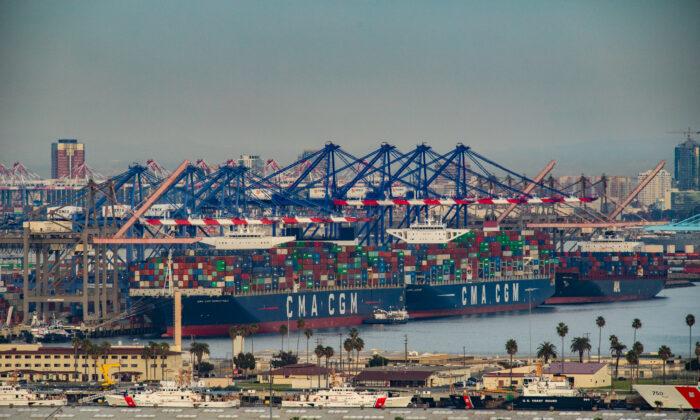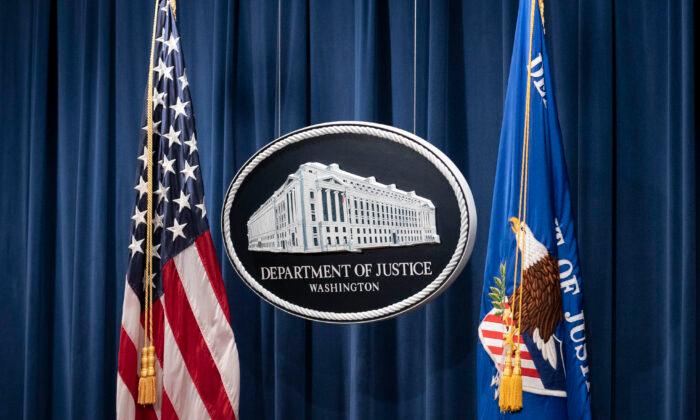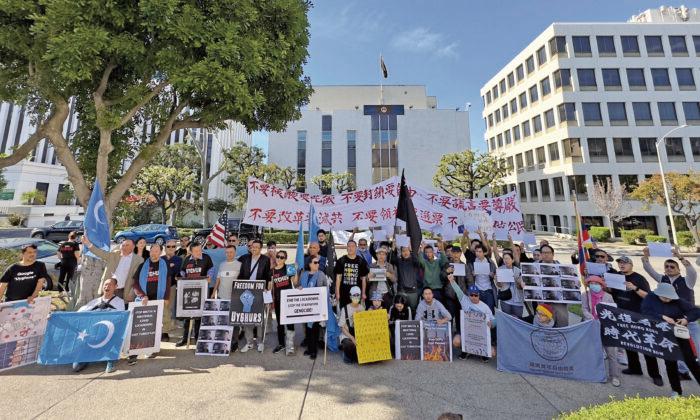As the shipping season approaches its peak, congestion at the Port of Los Angeles, the largest port on the West Coast, and its adjacent Port of Long Beach, remains unresolved, which may affect the upcoming shopping season.
Gene Seroka, Executive Director of the Port of Los Angeles, reminded consumers to plan ahead for the upcoming holiday shopping season at the Port of Los Angeles monthly update meeting on Sept. 15.
“What we’re seeing is the unevenness of the supply chain, factory output in Asia is at its highest in recorded history, yet there are still back orders,” said Seroka.
“Buy toys now,” said Ed Desmond, executive vice president of the Toy Association. “If you see toys you think the kids are going to want for Christmas ... pick them up now and tuck them away to make sure you have them.”
Though the current supply chain in the toy industry is fairly stable, there is a risk of shortage or a lack of a variety of products due to various reasons such as shipping congestion crisis, inefficient distribution channel system, and labor shortage. “We just don’t know what’s going to happen down the road as we get closer to Christmas,” Desmond added.
However, the surge in imports into the Twin Ports has also created logistical challenges. According to the Maritime Report published by the Marine Exchange of Southern California, the number of ships in port at the Twin Ports from Sept. 8–15 set new records.
For example, the number of ships in port hit a record high on Sept. 10, with 134 ships in port, including 86 container ships. While all anchorages were full and 16 ships inside the green circles were drifting.
On Sept. 15, the record was set again: 146 ships in total were packed in port, of which only 58 were at berth and the remaining 88 were at anchor or drift areas. Of these 146 ships, 92 were container ships.
Shipping congestion has been going on for months since it was revealed earlier this year that nearly 700 workers were infected with coronavirus and 1,800 people were unable to work at the Twin Ports. Kip Louttit, executive director of the Southern California Maritime Exchange, told The Epoch Times in February that the continued congestion would cause more problems for businesses.
At the time, economists analyzed that the difficulties faced by the twin ports would also affect the entire supply chain of products in the United States.
Last month, Seroka noted that space in warehouses, rail yards, and container terminals was tight, hence they are working on offering new data tools and incentives while cooperating with the private sector and the federal government to develop alternative strategies.
“But again, because of a confluence of factors with regard to the global supply chain, there will be some delays,” said Mario Cordero, executive director of the Port of Long Beach.





Friends Read Free